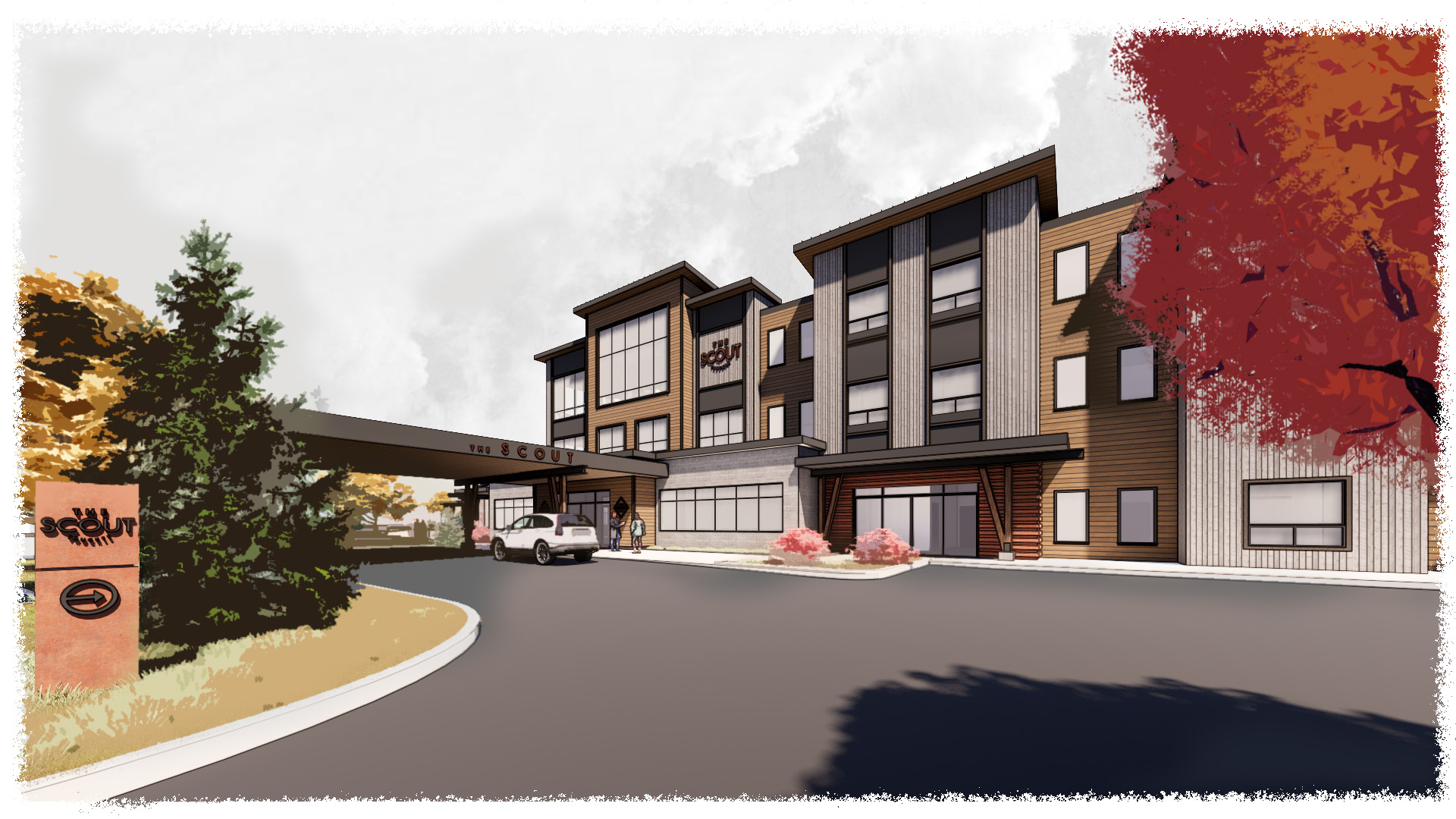
Reagan Dixon
As a country, we have become more and more energy-conscious over the past several years. Reagan Dixon, resident PACE financing expert for HALL Structured Finance, discusses what this means for the construction lending industry going forward.
PACE Financing 101
Property Assessed Clean Energy, or PACE financing, is a program that provides non-recourse financing for energy-efficient real estate developments and capital improvements. By utilizing property tax assessment infrastructures, this becomes a more efficient means of capital. PACE financing was initially created with the intention of increasing the energy-efficiency of the built environment; however, PACE financing has also been adapted for new construction, unintentionally creating a new category of funds to supplement the capital stack.
The Office of Energy Efficiency & Renewable Energy shares that as of 2019, more than $800 million in projects have been financed using PACE. Facility Executive adds that commercial PACE funding has “saved 6.3 billion kWh, about equal to the electricity used by 25,000 commercial office buildings each year,” and has the potential to be even more energy-efficient on a wider scale. Property owners pay for PACE financing projects through a long-term, fixed-cost option underwritten through value of their property, creating reduced energy costs that often offset these increased property taxes.
Uncertainty in the Industry
Although the benefits of PACE financing are great, it suffers from a lack of integration and education in the marketplace today. In fact, only 36 states and the District of Columbia have passed legislation for PACE financing, less than half of which have active programs. This is only the first step in implementing PACE financing. Local governments need to establish programs and those with active programs need approval from each tax authority before they can implement it. The city-to-city variable creates challenges for capital providers and risks have yet to be accepted by PACE financing prospects.
PACE financing has not reached every stage of the industry lifecycle, creating uncertainty for experts on the outcome of the market side of refinancing projects. The program gives priority to overdue payments, but full financing can’t be accelerated. It is a unique form of financing that transfers with the property, where the buyer acquires the remaining payment obligations. There are also many misconceptions surrounding the seniority of PACE financing. While there are energy-saving and capital benefits, senior lenders have yet to find a harmonious or mutually beneficial place for it in the capital stack.
Optimistic Outlook
As Hotel Business Review notes, PACE financing has yet to gain traction in the hospitality industry, but there are renovation projects that have seen success in using it to increase energy-efficiency. Built in 1926, the Constance Hotel in Pasadena, California was renovated with $6.8 million in PACE financing. This was able to reduce water consumption to about 3.2 gallons per year.
HSF sees promise in PACE financing and is realistic about the challenges that currently exist for it in the marketplace. We are developing exciting solutions and creating a program to integrate senior lending and PACE financing components that will be a differentiator for us in the construction lending industry. Stay tuned to learn more about the rollout of this new program and how it will benefit current and prospective commercial developers.
Back To News Room
News Room
Related Articles
Scroll to explore related Articles from HALL Structured Finance team










